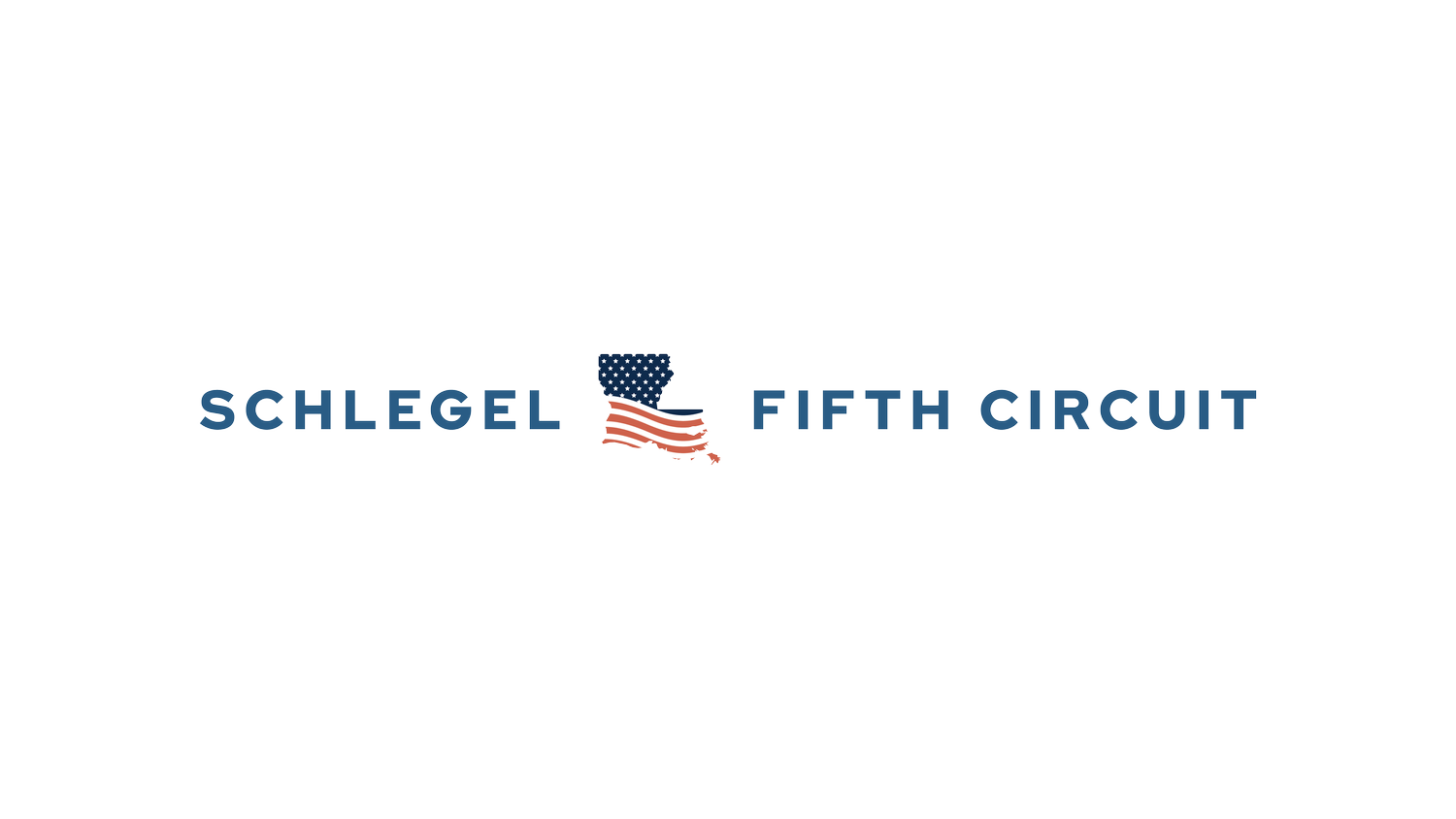Court Innovation: The AI Approach to Smarter Scheduling
While the legal world buzzes about ChatGPT and other generative AI marvels, we're overlooking a powerful approach that could transform our courts today: a hybrid AI system combining elements of Good Old-Fashioned Artificial Intelligence (GOFAI) with modern machine learning techniques. Don't be misled by the GOFAI name – this hybrid approach's potential to revolutionize court operations, especially in the complex realm of scheduling, is cutting-edge.
Court scheduling is a nightmare that most judges know all too well. General jurisdiction judges juggle criminal, civil, and domestic cases, often without a clear sense of how long hearings will take or how many cases can be handled effectively in a day. The result? Over-booked dockets, frustrated lawyers and litigants, and burnt-out judges and court employees.
Imagine a system that goes beyond merely digitizing your scheduling book. Instead, it learns from your court's data to optimize scheduling. This isn't your typical online calendar. We're talking about a sophisticated system that integrates deeply with your clerk of court's database, analyzing historical data on case types, hearing durations, and outcomes to make intelligent scheduling recommendations.
This hybrid system would use rule-based components to handle clear-cut scheduling constraints, while employing machine learning models to predict case durations and complexities. Optimization algorithms would create efficient schedules that balance multiple competing factors. The system would continuously learn and adapt, improving its predictions and recommendations over time based on actual outcomes.
But it doesn't stop there. Over time, this system could start identifying patterns in case complexity based on factors like the attorneys involved, the nature of the charges or claims, or even the time of year. Suddenly, you're not just scheduling cases - you're strategically managing your court's time and resources.
For general jurisdiction judges, this could be a game-changer. No more guesswork about how to balance different case types. The system could provide data-driven insights into the optimal mix, accounting for the unique challenges each type presents. It could even factor in the cognitive load on judges, ensuring a balanced and manageable workday.
Now, I know what you're thinking. "Judge, this sounds great, but we can't afford it." I hear you. Implementing such a system would be a significant undertaking. It's more expensive than off-the-shelf solutions and would require custom development to integrate with your existing systems. You would also need specialized IT expertise and likely partnerships with AI researchers or companies to get this done right.
But here's the thing - can we afford not to do this? Think about the costs of our current inefficient scheduling. The wasted time and money, the frustrated litigants, the overworked court personnel. A well-implemented AI scheduling system could pay for itself many times over in improved efficiency.
The beauty of implementing a robust AI system for court scheduling isn't just in its immediate benefits either. It would also lay a solid foundation for future innovations, including the integration of generative AI tools that everyone's so excited about.
Once you have this system in place, with its structured data and advanced analytics, you've essentially created a launchpad for more advanced AI applications. Think about it - with this hybrid system handling the complex scheduling logistics, you could then layer on generative AI tools to enhance communication, prepare documents, create weighted caseload studies or even provide predictive analytics.
For instance, imagine a GenAI tool that could draft detailed, context-aware hearing notices based on the scheduling system's recommendations. Or consider how a GenAI model could analyze scheduling patterns to predict future resource needs or suggest policy changes.
The key here is that this hybrid AI approach provides the structured, reliable base that GenAI needs to be truly effective in a court setting. Without that foundation, GenAI tools risk becoming flashy gimmicks rather than practical solutions. But with a solid AI system in place, the potential for GenAI to further streamline court operations becomes not just possible, but practical.
So while we're focused on implementing these AI solutions today, we're also paving the way for the responsible and effective use of GenAI in our courts tomorrow. It's not about choosing between different AI approaches - it's about using each where it's most effective to create a truly modern, efficient court system.
This approach ensures we're not just chasing the latest tech trend, but building a sustainable, scalable system that can evolve with emerging technologies. It's about smart innovation that serves the justice system, both now and in the future.

